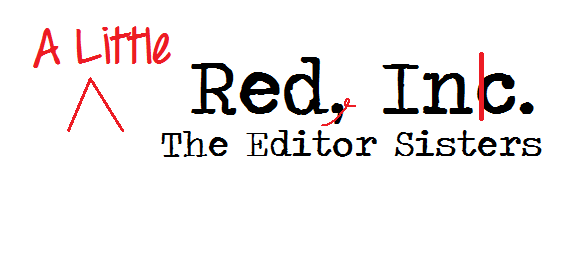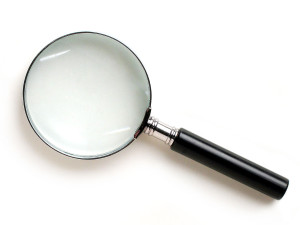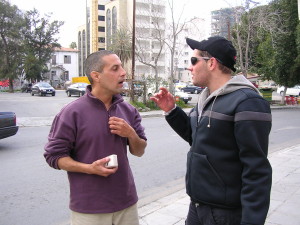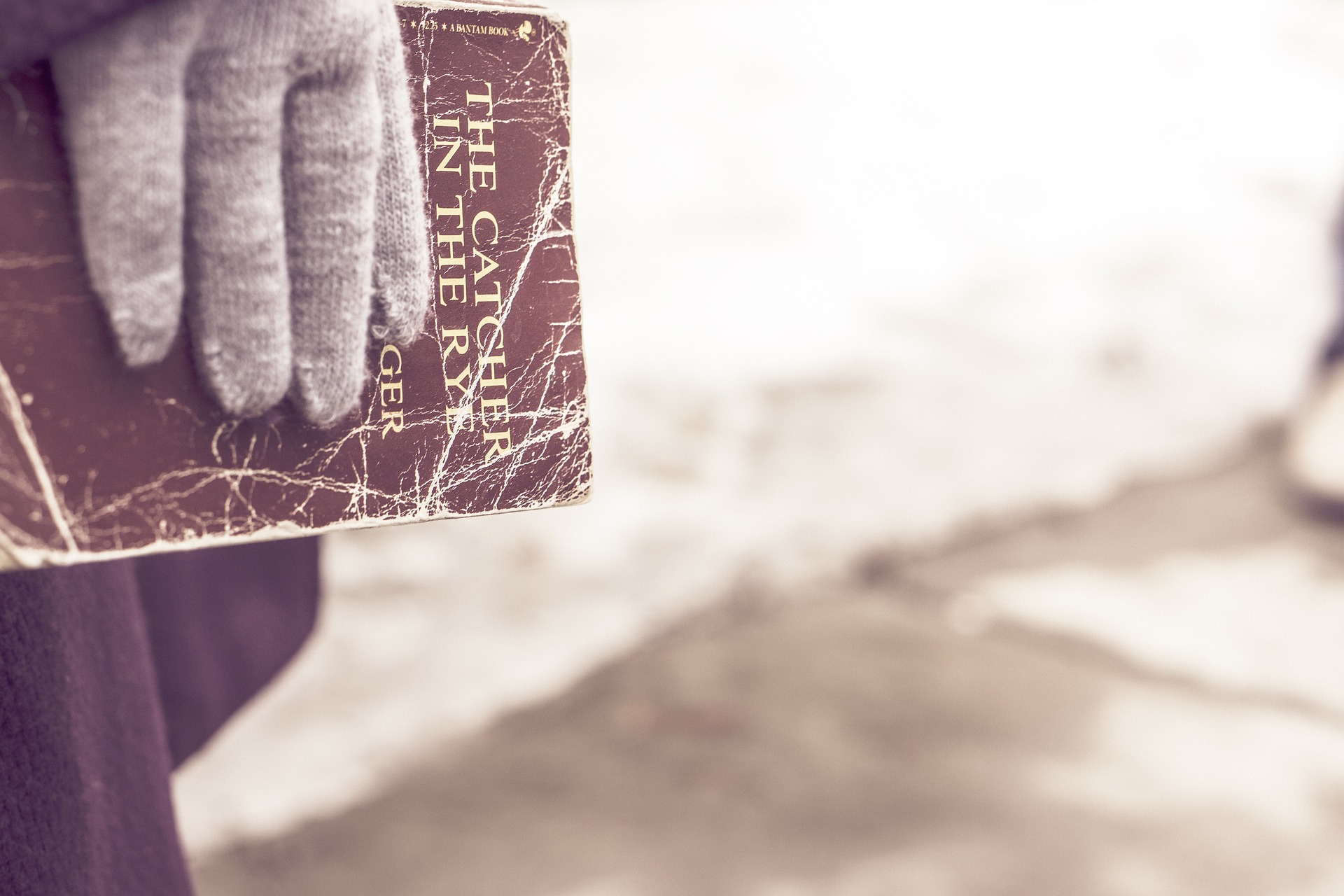What is a copy edit?
When you’re ready to choose a freelance editor, knowing the level of edit you’re after is important. We talked about the macro edit last week, and today, we’re skipping over line edit and heading right for copy edit.
Why? you ask.
Well, there’s a difference between a copy edit and a line edit, but not all freelance editors offer both. The line edit is a step above a copy edit, and you may not need or want one of these. (Though they’re my favorite type of edit.)
Today, since a copy edit is the next necessary step in the editing process, let’s go there. I’ll address the line edit next time.
(Line edit)
Copy edit
Proofread
Critique
The copy edit zooms in on the details.

Image by Randy Heinitz
It’s more detail-oriented than the macro. The second door.
You’ve got your solid hook and satisfying resolution. Your story world and characters are believable and worth cheering for. It’s time to sand out those rough edges. The editor will be targeting several things.
Obvious typos and misspellings
Your character mentions pouring over classified documents, rather than poring over them. She’s unsure weather or not she’s found a solid peace of evidence.
This isn’t the final proofread, but a good editor can’t (and shouldn’t) pass these mistakes and not mark them at this stage. (NOTE: They do get overlooked in the macro phase, because you might be revising them anyway).
Weasel words
Just. That. So. Very. Look.
Wherever you can, seek and destroy.
Sentence and paragraph structure
Do you follow the same basic patterns? If all of your sentences start with the character’s name or a personal pronoun, your editor will suggest spicing it up.
In your dialogue, does each speaker begin a new paragraph? Do you bury dialogue at the end of a long section of prose?
Dialogue—a little more in depth
Does your dialogue sound natural? Do the characters use contractions? Era-appropriate lingo?
Speakers leave off words every now and again?
How about your tough military guys? Do they sound like poetic ladies, or vice-versa?
Does everyone sound like you?
Is there a balance among action beats, tags, and letting the words speak for themselves?
Pet words and phrases
Every writer has these.
Don’t be offended when an editor or friend brings one or two to your attention. Brainstorm. Get in the head of your character. Find a better—more character-voice-worthy—way to say the same thing.
Clichés
Same dealio.
Redundancies
Maybe you’ve given the same bit of information twice. Perhaps you’ve used the same phrasing more than once. It’s possible that a word has been used seven times on one page (“look,” for example). Cut them. You want to strike the balance between sounding like you used a thesaurus until the binding was broken and you only have a seven-hundred word vocabulary.
You laugh, but sometimes—in order to get the story on the page—it happens. And then, in self-editing mode, you might miss some things. An extra set of eyes is a valuable investment.
Basic industry standard formatting
Times New Roman, 12 pt. One-inch margins, double-spaced paragraphs. The formatter will handle the rest, but the copy should look nice and clean.
Wrap-up
While a professional editor will address all of these things during the copy edit, some will mark the bare bones. Others will give you a little lesson or explanation in the margin the first time and then simply point out the rest and trust you to remember the reason. Some will compliment you on the phrasing and story elements they love.
Every editor has their own style.
But remember this: You have your own style, too. It’s important that your editor—while pointing out the essential fixes—doesn’t try to change your voice. They should only strive to make your writing the best it can be.
It’s still yours.
But it is worth investing in, since your name will be on the cover.
Question
What are some of your weasel words and pet words?








No Comments